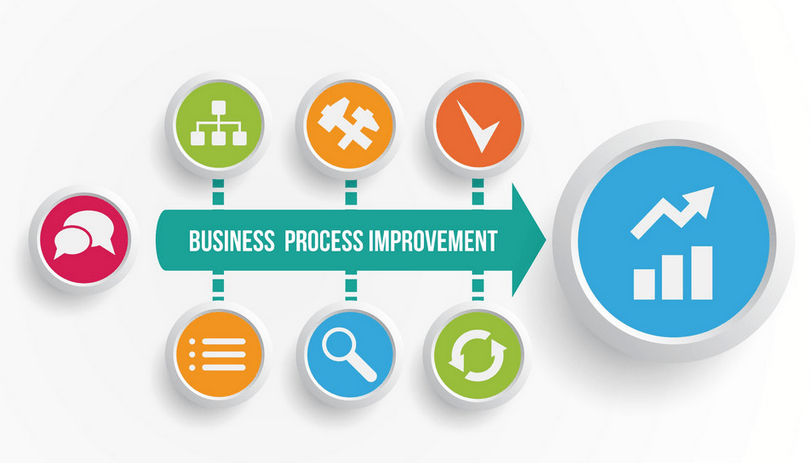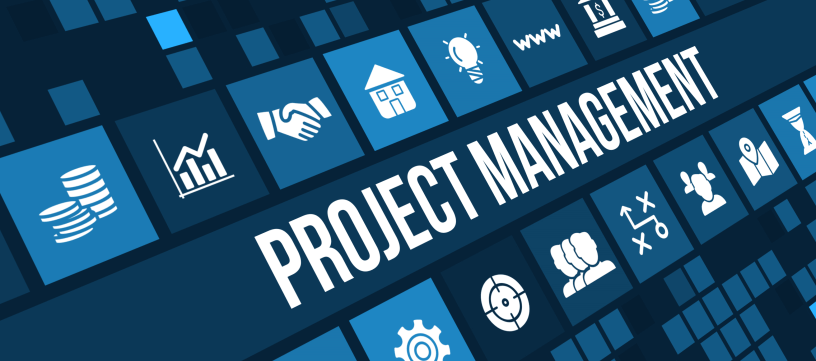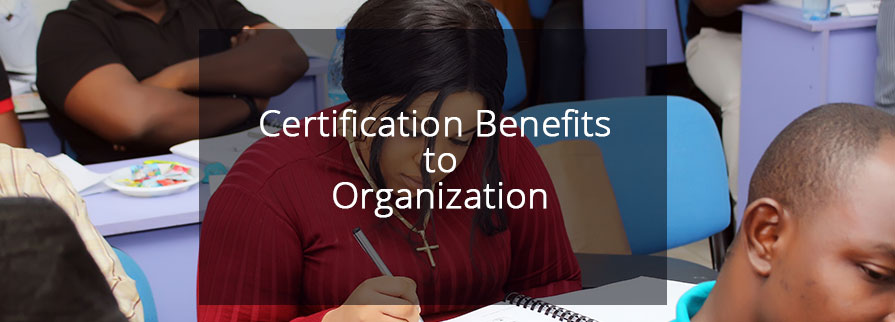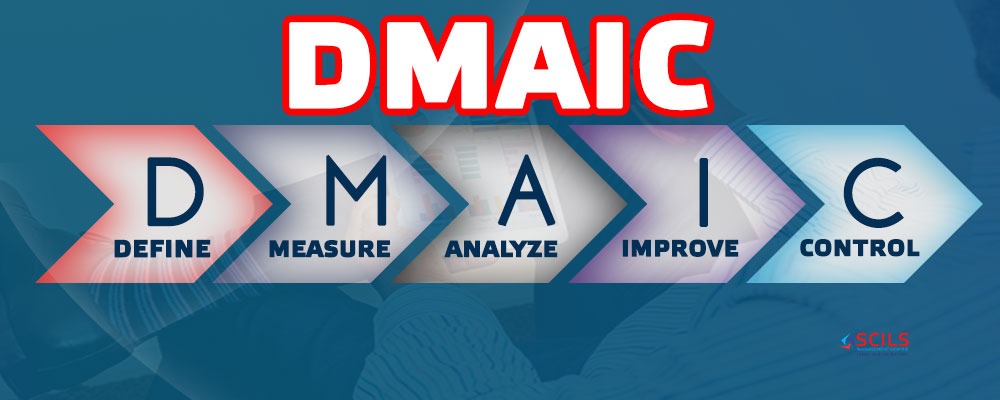Regardless of the type, size or shape, every organizations are defined by their business processes. Business processes are essentially the building blocks of any organization. Because most business processes are created adhoc to solve a business problem and then evolve, organizations need to have their processes adequately defined. When processes work well, they can significantly improve efficiency, productivity, and customer satisfaction.
However, processes that don’t work or are not well defined can lead to numerous problems. For example
- Customers may complain about poor product quality or bad service.
- Employess get frustrated.
- Work may be duplicated, or not done.
- Costs increase.
- Resources are wasted.
- Bottlenecks can develop, causing you to miss deadlines.
When these problems are encountered, it may signify a time to review or update the relevant process. Also new goals, new technology, and changes in the business environment can cause established processes to become inefficient or outdated, therefore process improvement or re-designed needed. To review or update a relevant process, follow the following steps:
1. Map the process
This involves defining what the business does, who is responsible and what is the standard by which the success ofthe business process can be judged. When mapping a bsuiness, you identify the process to be documented, then gather information from the process participants via interviews or observations. Also identify the start and end points of the process. You can then break the process into distinct tasks and decision points.
It’s important to explore each tasks and decision points in detail, as some processes may contain sub-steps that you’re not aware of. Consult people who use the process regularly to ensure that you don’t overlook anything important.
2. Analyze the process
By analyzing the process, you are investigating the inner workings of the process, using the process map you have created in order, to identify the strengths, weaknesses, inefficiencies and bottlenecks in the process. This enables you to create a framework for your business process improvements.
Speak to the people who are affected by the process. What do they think is wrong with it? And what suggestions do they have for improving it?
Then look at other teams in your organization. What tactics have they developed to deal with similar situations?
3. Redesign the process
Process Redesign is the approach to ensuring that a particular set of interconnected activities are performed correctly, and in the most efficient and effective manner possible.
It’s best to work with the people who are directly involved in the process. Their ideas may reveal new approaches, and, also, they’re more likely to buy into change if they’ve been involved at an early stage.
First, make sure that everyone understands what the process is meant to do. Then, explore how you can address the problems you identified in step 2 (Brainstorming can be helpful here). Note down everyone’s ideas for change, regardless of the costs involved. Then, narrow your list of possible solutions by considering how your team’s ideas would translate to a real-life context.
Start by conducting an Impact Analysis to understand the full effects of your team’s ideas. Then, carry out a Risk Analysis and a Failure Mode and Effects Analysis to spot possible risks and points of failure within your redesigned process. Depending on your organization’s focus, you may also want to consider Customer Experience Mapping at this stage.
These tests will help you to understand the full consequences of each proposed idea, and allow you to make the right decision for everyone.
Once you and your team agree on a process, create new diagrams to document each step.
4. Acquire resources
You now need to secure the resources you need to implement the new process. List everything that you’ll need to do this.
This could include guidance from senior managers or from colleagues in other departments, such as IT or HR. Communicate with each of these groups, and make sure that they understand how this new process will benefit the organization as a whole. You may need to prepare a business case
to demonstrate this.
5. Implement and Communicate Change
It’s likely that improving your business process will involve changing existing systems, teams, or processes. For example, you may need to acquire new software, hire a new team member, or organize training for colleagues.
Rolling out your new process could be a project in itself, so plan and manage this carefully. Allocate time for dealing with teething troubles, and consider running a pilot first, to check for potential problems.
Keep in mind that change is not always easy. People can be resistant to it, especially when it involves a process that they’ve been using for some time.
6. Review the Process
Few things work perfectly, right from the start. So, after you roll out the new process, closely monitor how things are going in the weeks and months that follow, to ensure that the process is performing to expectations. This monitoring will also allow you to fix problems as they occur.
Make it a priority to ask the people involved with the new process how it’s working, and what – if any – frustrations they’re experiencing.
Adopt continuous improvement strategies such as Kaizen. Small improvements made regularly will ensure that the process stays relevant and efficient.
IMPROVING BUSINESS PROCESSES Read More »










